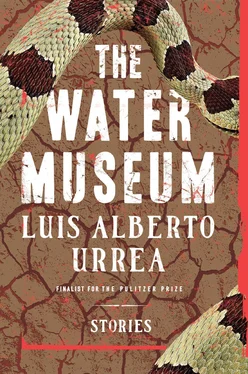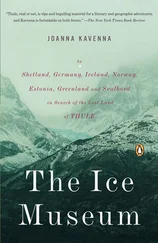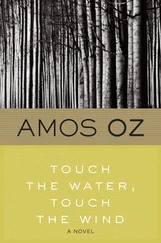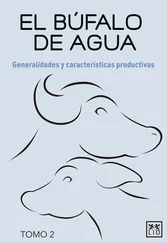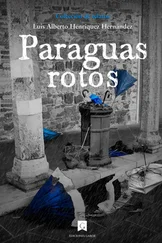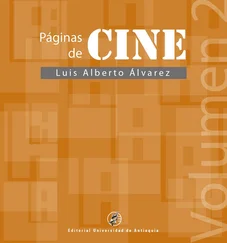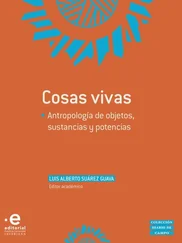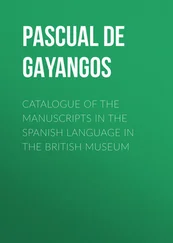Seven. Mr. Mendoza’s Paintbrush
When I remember my village, I remember the color green. A green that is rich, perhaps too rich, and almost bubbling with humidity and the smell of mangos. I remember heat, the sweet sweat of young girls that collected on my upper lip as we kissed behind the dance stand in the town square. I remember days of nothing and rainstorms, dreaming of making love while walking around the plazuela, admiring Mr. Mendoza’s portraits of the mayor and the police chief, and saying dashing things to the girls. They, of course, walked in the opposite direction, followed closely by their unsympathetic aunts, which was only decent. Looking back, I wonder if perhaps saying those dashing things was better than making love.
Mr. Mendoza wielded his paintbrush there for thirty years. I can still remember the old women muttering bad things about him on their way to market. This was nothing extraordinary. The old women muttered bad things about most of us at one time or another, especially when they were on their way to market at dawn, double file, dark shawls pulled tight around their faces, to buy pots of warm milk with the cows’ hairs still floating in them. Not until later in the day, after their cups of coffee with a bit of this hairy milk (strained through an old cloth) and many spoonfuls of sugar, would they finally begin to concede the better points of the populace. Except for Mr. Mendoza.
Mr. Mendoza had taken the controversial position that he was the Graffiti King of All Mexico. But we didn’t want a graffiti king.
My village is named El Rosario. Perhaps being named after a rosary was what gave us our sense of importance, a sense that we from Rosario were blessed among people, allowed certain dispensations. The name itself came from a Spanish monk — or was it a Spanish soldier — named Bonifacio Rojas, who broke his rosary. The beads cascaded over the ground. Kneeling to pick them up, he said a brief prayer asking the Good Lord to direct him to the beads. Like all good Catholics, he offered the Lord a deal: If you give me my beads back, I will give you a cathedral on the spot. The Good Lord sent down St. Elmo’s fire, and directly beneath that, the beads. Bonifacio got a taste of the Lord’s wit, however, when he found an endless river of silver directly beneath the beads. It happened in 1655, the third of August. A Saturday.
The church was built, obliterating the ruins of an Indian settlement, and Rosario became the center of Chametla province. For some reason, the monks who followed Bonifacio took to burying each other in the cathedral’s thick adobe walls. Some mysterious element in our soil mummifies monks, and they stood in the walls for five hundred years. Now that the walls are crumbling, though, monks pop out with dry grins about once a year.
When I was young, there was a two-year lull in the gradual revelation of monks. We were certain that the hidden fathers had all been expelled from the walls. A thunderclap proved us wrong.
Our rainy season begins on the sixth of June, without fail. That year, however, the rain was a day late, and the resulting thunderclap that announced the storm was so explosive, windows cracked on our street. Burros on the outskirts burst open their stalls and charged through town throwing kicks right and left. People near the river swore their chickens laid square eggs. The immense frightfulness of this celestial apocalypse was blamed years afterward for gout, diarrhea, birthmarks, drunkenness, and those mysterious female aches nobody could define but everyone called dolencias. There was one other victim of the thunderclap — the remaining church tower split apart and dropped a fat slab of clay into the road. In the morning, my cousin Jaime and I were thrilled to find a mummified hand rising from the rubble, one saffron finger aimed at the sky.
“An evangelist,” I said.
“Even in death,” he said.
We moved around the pile to see the rest of him. We were startled to find a message painted on the monk’s chest:
HOW DO YOU LIKE ME NOW?
DEFLATED! DEFLATE
YOUR POMP OR FLOAT AWAY!
“Mr. Mendoza,” I said.
“He’s everywhere,” Jaime said.
* * *
On the road that runs north from Escuinapa to my village, there is a sign that says:
ROSARIO POP. 8000
Below that, in Mr. Mendoza’s meticulous scrawl:
NO INTELLIGENT LIFE FOR 100 KILOMETERS
There is a very tall bridge at the edge of town that spans the Baluarte River. My cousin Jaime told me that once a young man sat on the railing trading friendly insults with his friends. His sweetheart was a gentle girl from a nice family. She was wearing a white blouse that day. She ran up to him to give him a hug, but instead she knocked him from his perch, and he fell, arms and legs thrown open to the wind. They had to hold her back, or she would have joined him. He called her name all the way down, like a lost love letter spinning in the wind. No one ever found the body. They say she left town and married. She had seven sons, and each one was named after her dead lover. Her husband left her. Near this fatal spot on the bridge, Mr. Mendoza suggested that we
UPEND HYPOCRITES TODAY
Across town from the bridge, there is a gray whorehouse next to the cemetery. This allows the good citizens of the village to avoid the subjects of death and sex at the same time. On the wall facing the street, the message:
TURN YOUR PRIDE ON ITS BACK
AND COUNT ITS WIGGLY FEET
On the stone wall that grows out of the cobble street in front of the cemetery, a new announcement appeared:
MENDOZA NEVER SLEPT HERE
What the hell did he mean by that? There was much debate in our bars over that one. Did Mr. Mendoza mean this literally, that he had never napped between the crumbling stones? Well, so what? Who would?
No, others argued. He meant it philosophically — that Mr. Mendoza was claiming he’d never die. This was most infuriating. Police Chief Reyes wanted to know, “Who does Mr. Mendoza think he is?”
Mr. Mendoza, skulking outside the door, called in, “I’ll tell you! I’m Mendoza, that’s who! But who — or what — are you!”
His feet could be heard trotting away in the dark.
Mr. Mendoza never wrote obscenities. He was far too moral for that. In fact, he had been known to graffito malefactors as though they were road signs. Once, Mr. Mendoza’s epochal paintbrush fell on me.
It was in the summer, in the month of August, Bonifacio’s month. August is hot in Rosario, so hot that snapping turtles have been cooked by sitting in shallow water. Their green flesh turns gray and peels away to float down the eternal Baluarte. I always intended to follow the Baluarte downstream, for it carried hundreds of interesting items during flood times, and I was certain that somewhere farther down there was a resting place for it all. The river seemed, at times, to be on a mad shopping spree, taking from the land anything it fancied. Mundane things such as trees, chickens, cows shot past regularly. But marvelous things floated there too: a green DeSoto with its lights on, a washing machine with a religious statue in it as though the saint were piloting a circular boat, a blond wig that looked like a giant squid, a mysterious star-shaped object barely visible under the surface.
The Baluarte held me in its sway. I swam in it, fished and caught turtles in it. I dreamed of the distant bend in the river where I could find all these floating things collected in neat stacks, and perhaps a galleon full of rubies, and perhaps a damp yet lovely fifteen-year-old girl in a red dress to rescue, and all of it speckled with little gray flecks of turtle skin.
Sadly for me, I found out that the river only led to swamps that oozed out to the sea. All those treasures were lost forever and I had to seek a new kind of magic from my river. Which is precisely where Mr. Mendoza found me, on the banks of the post-magical Baluarte, lying in the mud with Jaime, gazing through a stand of reeds at some new magic.
Читать дальше
